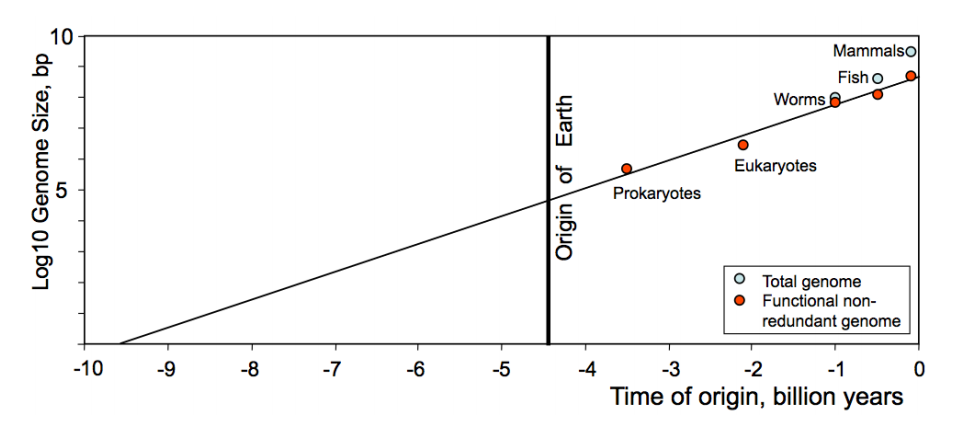Research from the University of Oxford, recently reported in the Journal of Experimental Social Psychology demonstrates that “the belief in science,” increases with stress. In trials where subjects were known to be stressed in the experimental group compared to the control, they found that the stressed group are more likely to agree with seemingly innocuous statements such as “the scientific method is the only reliable path to knowledge.” This points to the general observation that it is “belief” that acts as the stress reducer. An equal number of people may be using “the belief in religion” in a similar vein.
This makes sense from an evolutionary perspective. Early days of homo-sapiens were not pretty – animals and cannibals were hunting them down and stress was the primary attribute of living. One had to believe to survive, for without it, everything looked bleak. Burdened with a powerful organ, an evolutionary quirk, humans could look forward and see a worse tomorrow. The uncertainty was constant and they were completely ill-equipped to survive in the environment they were afforded. The elements reduced them to less than a few thousand – before inexplicable luck launched them higher from near extinction.
Stress has been with humans ever since. And survival, thus, selection depends much on how to reduce stress. Belief has become a critical defense mechanism in this battle. They started believing in inanimate objects that resembled something. As society developed, they moved onto legends and stories – that will someday morph into organized religion. Then, science arrived – with similar but potentially superior constructs that could explain what is observed. It slowly ate into the market share of the dominant provider of belief – religion. Science, however, could never appeal to the masses as belief is not about explaining the present - it is more about obscuring the future. The inability of science to give meaning to ignorance will likely hold it back for ever.
Believe to reduce stress – it does not matter what one believes in.

